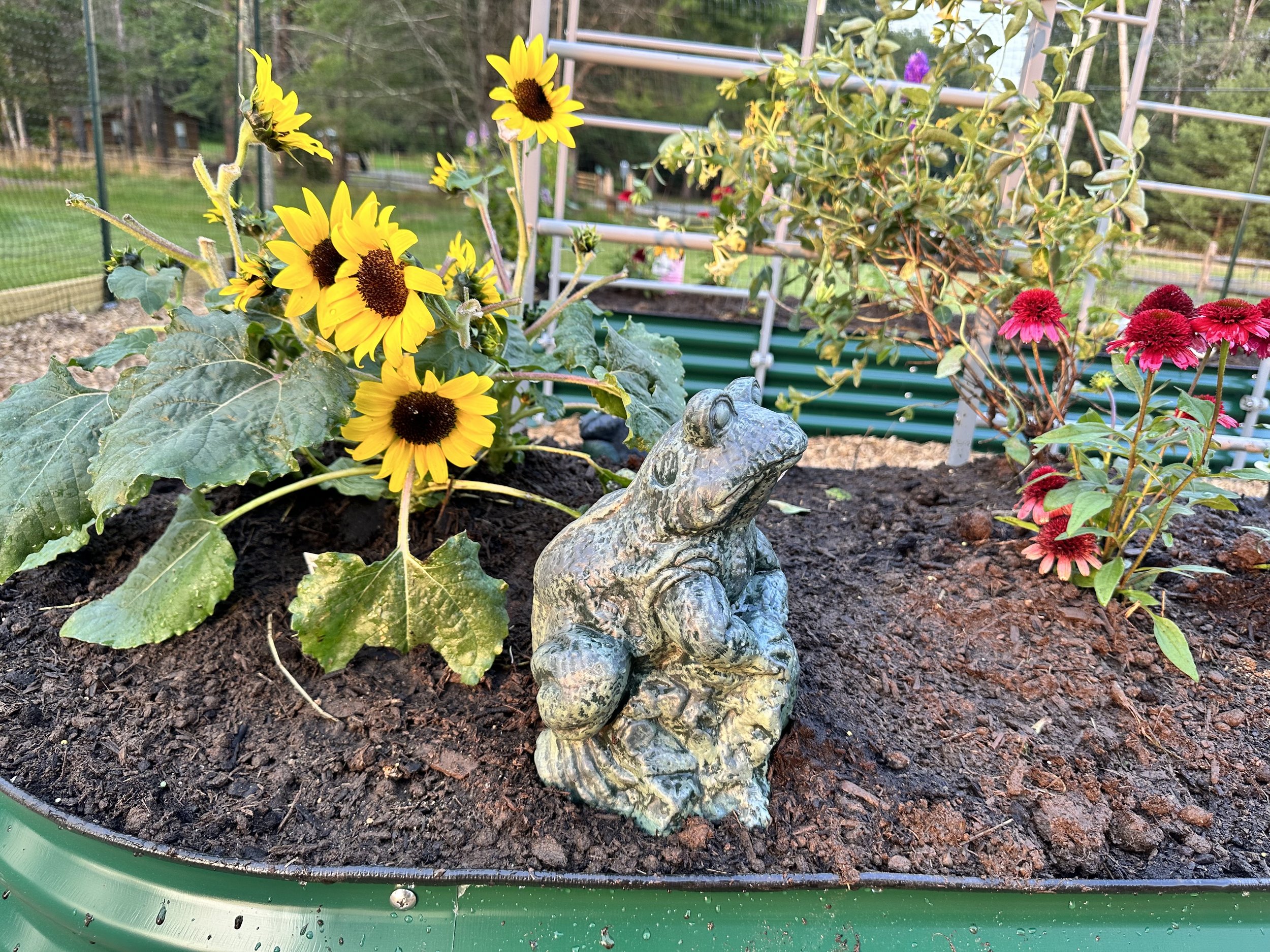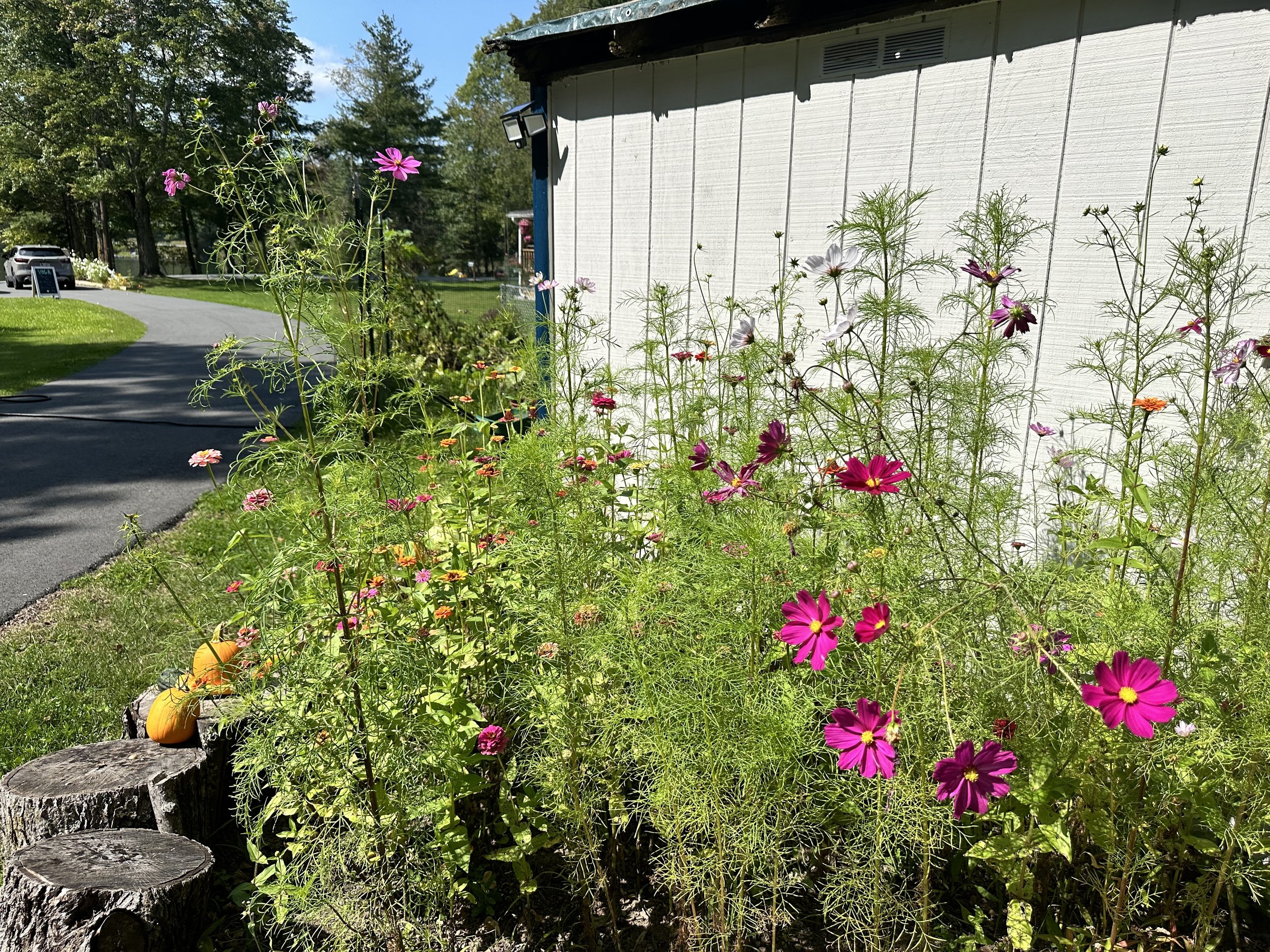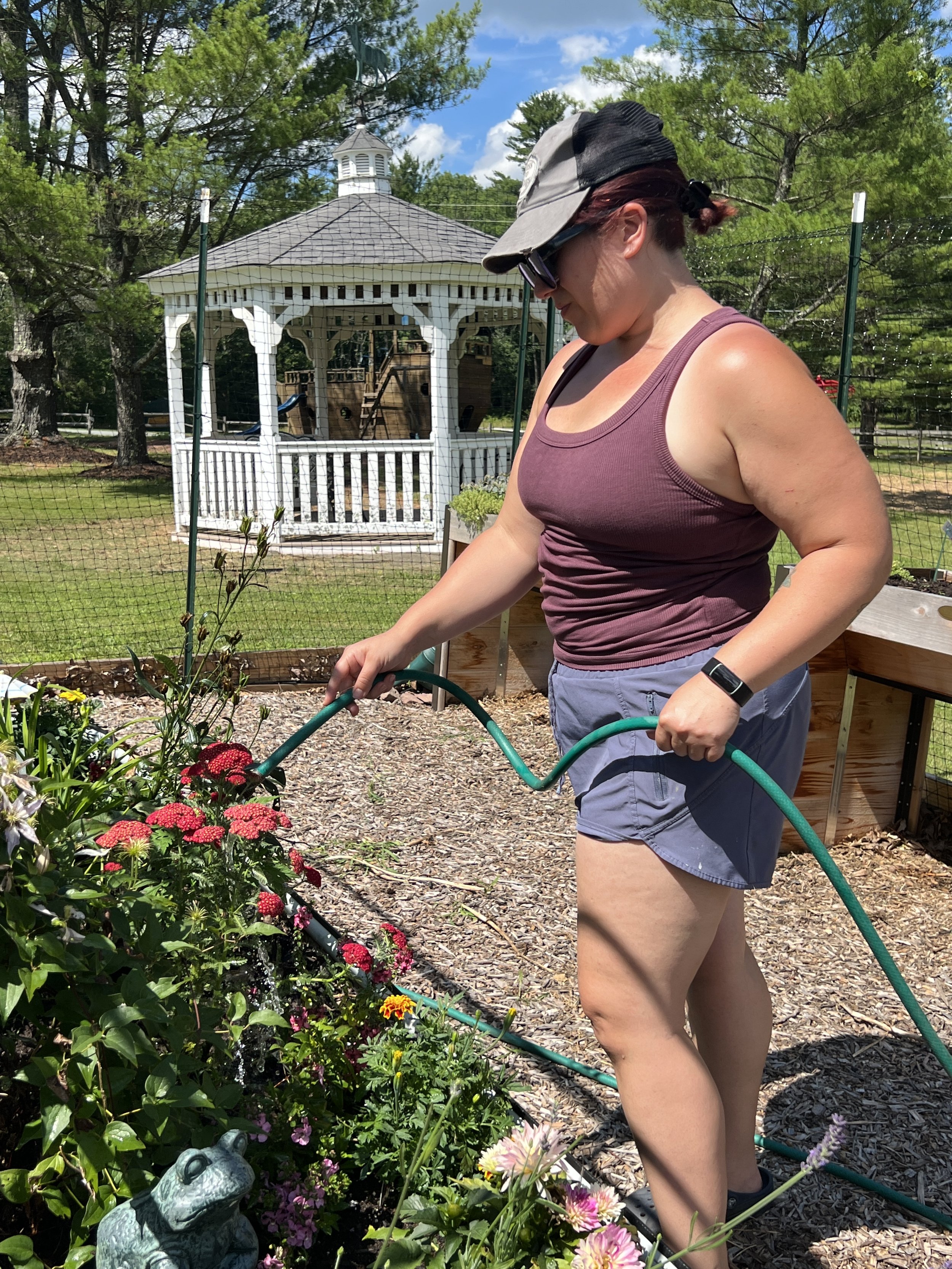In the grip of a bitter Sunday, where 7 inches of snow lay like a silken, icy quilt over the world—topped with a crisp, merciless glaze of ice—I arrived at Stonewall Farms with Franklin and Theo curled in the back seat. The barn cats rustled through the hay as my horse, Caspian, stood waiting, his mane tangled from winter winds. The barnyard pups wove playful circles around his legs as I worked through each knot, fingers stiff from cold but steady with familiarity. This is the rhythm of tending—a slow, relentless kind of care, equal parts devotion and labor.
Being in step with nature is not easy. It is work. It is sharp winds that bite at your skin. It is ice that crusts over fresh snowfall, making every step a little more uncertain. It is loss in the same breath as birth, the cruelty of one life ending while another begins.
Earlier that day, I found a grainy video from years ago—a younger me, eyes alight with something soft, whispering to a cluster of tiny chicks, “Soon my babies, your chicken mama will adopt you.” The words caught in my throat. A message from a girl who had no idea what was ahead of her. A girl who, despite loving that farm life fiercely, would have no choice but to leave it behind.
I didn’t walk away from Vermont because I wanted to. I left because I had to. Survival meant letting go of that land, of the animals, of the only way of living I had ever known. And for years, that loss sat in me like a dull ache, an unfinished story that I wasn’t sure I’d ever return to.
But here I am.
After years of effort, of carving out a life that could sustain not just survival, but the things that truly make me feel alive, I have made my way back. Not back to Vermont, but back to the rhythm of nature, to the honest work of tending and caring and building something that will last.
This time, I am building something different. I am building home.
Rob and I are planning a coop, laying out the blueprint for a new beginning. In March, we will welcome ten Rhode Island Red hens, one proud rooster, and four French Cuckoo Marans—day-old chicks, fragile and full of promise. Their arrival is more than just the start of a small flock. It is a victory. A marker in time that says: I have come home to myself.
And maybe it’s no coincidence that this past Wednesday, in the heart of winter, our retreat space was full. A gathering of souls coming together for a workshop on love and self-compassion, a practice of heart-opening postures and deep inner care. The smell of homemade apple muffins and mixed berry banana bread—baked from scratch, with intention—lingered in the air, mingling with soft laughter, with the quiet sigh of shoulders releasing tension, with the warmth of a community built on trust and care.
It is humbling to witness, to stand in the presence of people willing to show up for themselves, to be part of a practice rooted in coming home. Coming home to the body. To the breath. To the self. To a place that holds them safely, that nourishes them.
And isn’t that what all of this is?
The yoga, the baking, the barn, the chickens on their way—it is all the same rhythm. A return. A reclaiming. A slow, deliberate step toward something both deeply familiar and entirely new. A homecoming not to a place, but to a feeling—a feeling of warmth, of steadiness, of knowing you are safe. The work is slow, the rewards are steady, the process is sacred.
This winter, like every winter before it, has been unkind. But I know now that hardship and hope are not opposites—they exist in tandem, woven into the same thread. Every frozen morning, every wind-whipped afternoon at the barn, every moment of offering my hands in care—whether to Caspian’s tangled mane, to a warm loaf of bread, or to a yoga student finding softness in a backbend—it has all led to this.
A homecoming.
The chicks are coming. The cycle begins again. And this time, I get to stay.






































